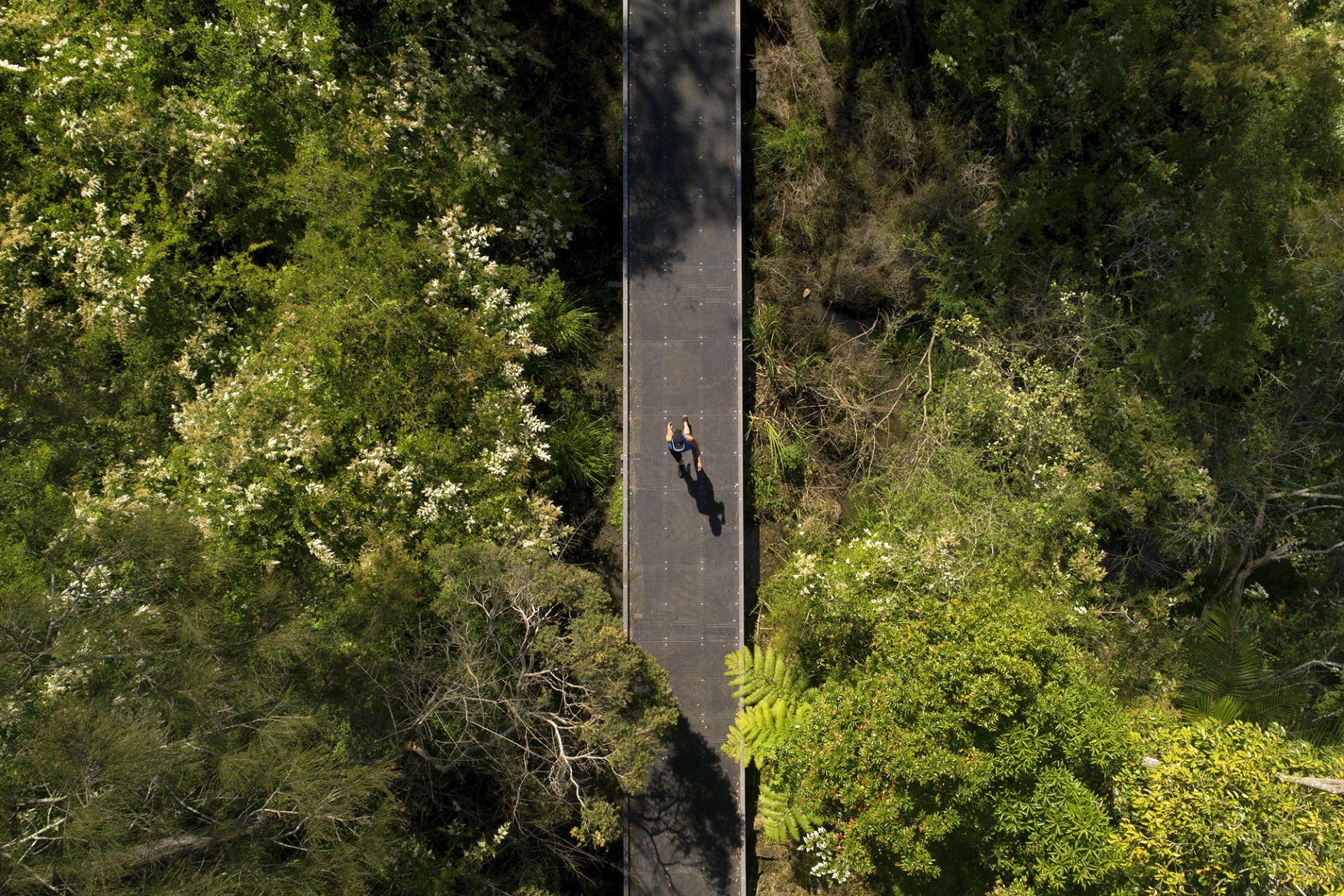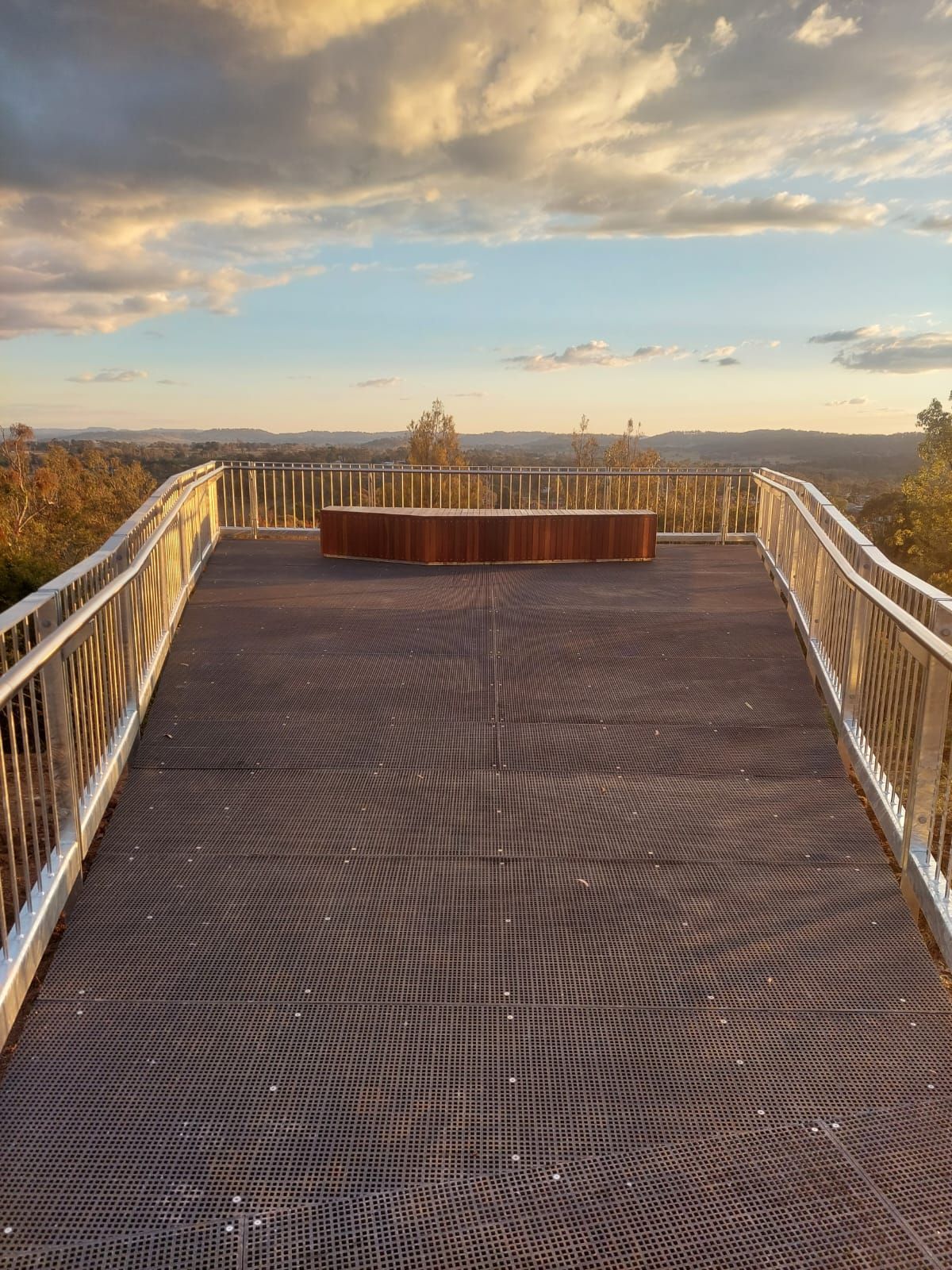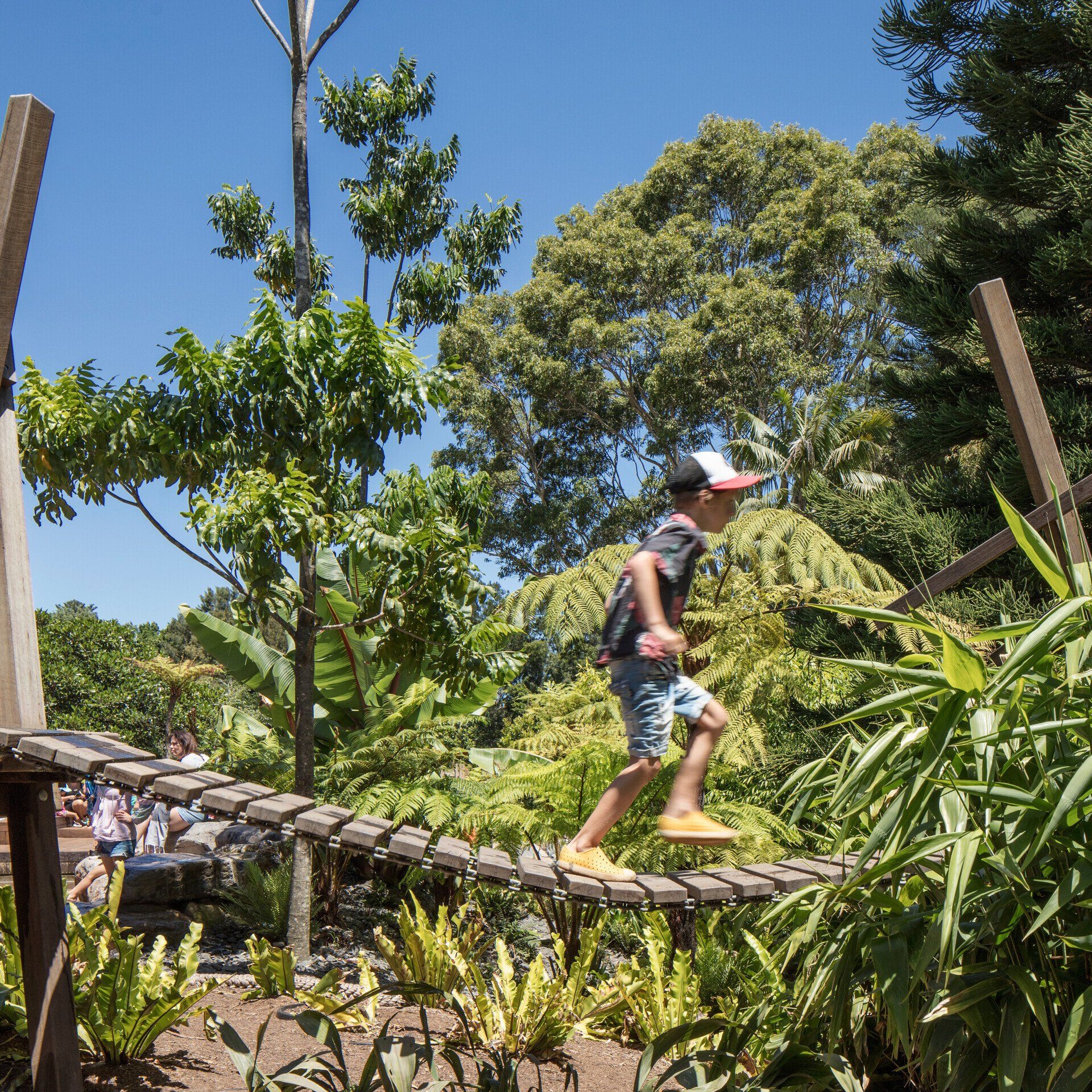Why spending time outside feels good inside.
We’ve always loved helping Australians enjoy the outdoors here at Fleetwood, it’s why we exist. But today there is an ever-growing mountain of research supporting the very direct link between greater outdoor connectivity and improved community, family and individual wellbeing for people of all ages.
A great example was during the pandemic, when the powerful appeal of spending time outdoors was there for all to see. Faced with extended periods of forced time inside, Australians took to their local bike trails, bushwalks, picnic spots and parks whenever they could, showing a gusto not seen for decades!
Put simply, spending more time outside made us feel better inside. The challenge, of course, is to maintain this momentum in the post-pandemic world.
Nature-Deficit Disorder.
Historically, Australians have been envied for our idyllic outdoor lifestyle. Unfortunately, there’s plenty of evidence to suggest this dream no longer always reflects reality. It’s actually a global phenomenon explained by the concept of ‘Nature-Deficit Disorder’, first coined by American journalist and author, Richard Louv.
As Louv wrote in 2019 (well before the pandemic), “Although human beings have been urbanising, and then moving indoors, since the introduction of agriculture, social and technological changes in the past three decades have accelerated the human disconnect from the natural world.”
Louv suggests all manner of reasons for this: “The proliferation of electronic communications; poor urban planning and disappearing open space; increased street traffic; diminished importance of the natural world in public and private education; and parental fear magnified by news and entertainment media.”

Less stress!
Closer to home, beyondblue engaged Deakin University several years ago to conduct a Literature Review into the hugely positive impacts of the natural world on mental health.
Amongst many fascinating findings, the 160-page review explored ‘Stress Reduction Theory’. It explains that time in nature helps us recover from the stresses of modern life, whereas built urban environments can actually hinder the same process and, in some instances, even exacerbate the problem. Natural environments do not require us to process such large amounts of information, which in turn reduces our arousal and stress levels.
In other words, surrounding ourselves with nature helps us relax!
Different ages, different benefits.
The same Literature Review by beyondblue also points to the ways greater outdoor connection helps us in very different ways at different stages of our lives.
It quotes a five-year Japanese study of elderly residents living in Tokyo, showing greater access to green spaces where they could readily walk was an accurate predictor of longevity, and those who walked in the green spaces lived longer. In another example from the USA, a separate study found that access to a variety of plants with seasonal variations can help elderly people recall previous home environments, maintaining healthy mental activity, promoting better awareness of time and reducing boredom.
In young children, the benefits are even more fundamental, with long-term benefits seen across their physical, social, emotional and cognitive development. A 2000 study even showed that children who experience high levels of contact with nature report higher levels of global self-worth and cognitive function.

Let's get physical.
Of course, whatever our age, there are also plenty of physical reasons to get outside as much as possible. Increased mobility and fitness. More fresh air and sunshine (hello Vitamin D!). Better sleep. Greater social interaction. Enhanced problem-solving skills and mental stimulation. The list goes on, and the benefits are significant for individuals, families and entire communities.
Breaking the 'indoor inertia'.
With today’s busy and digitally-distracted lives, it can be hard to get outside as often as we might like. ‘Indoor inertia’ is a real thing – and the forces are strong! As an industry we all have a role to play in making it easier and more enticing for more Australians to get outdoors and reconnect with nature.
We’ll explore some of the ways to do this in another journal article very soon. But here at Fleetwood it starts by constantly asking ourselves, how can we create easy-to-access outdoor experiences where people always feel welcome, inspired and safe? Get this right and there’s just so much to be gained, now and for years to come. Better health outcomes. Lower crime rates. Increased liveability and sociability.
So, whether it’s the convenience and safety of a new pedestrian bridge or boardwalk, the practicality of a new shade shelter or amenities block, or the excitement of an epic new adventure playground, let’s keep working together to break the indoor inertia and get more Australians off their sofas and back into nature!

Want to help your community reconnect with nature?
We recognise that each project is unique and requires a tailored approach. Whether you're looking to build a bridge or boardwalk, shade or play structure, we are here to help.
Contact us today to explore the possibilities for your project. Our team of experts will collaborate with you to create a solution that can make your project vision into a reality!
More from Fleetwood Files.

Explore
Certifications
Environmental Management : ISO14001
Quality Management : ISO 9001
OHS Management : ISO 45001
All Rights Reserved | Fleetwood Urban | Privacy Policy




